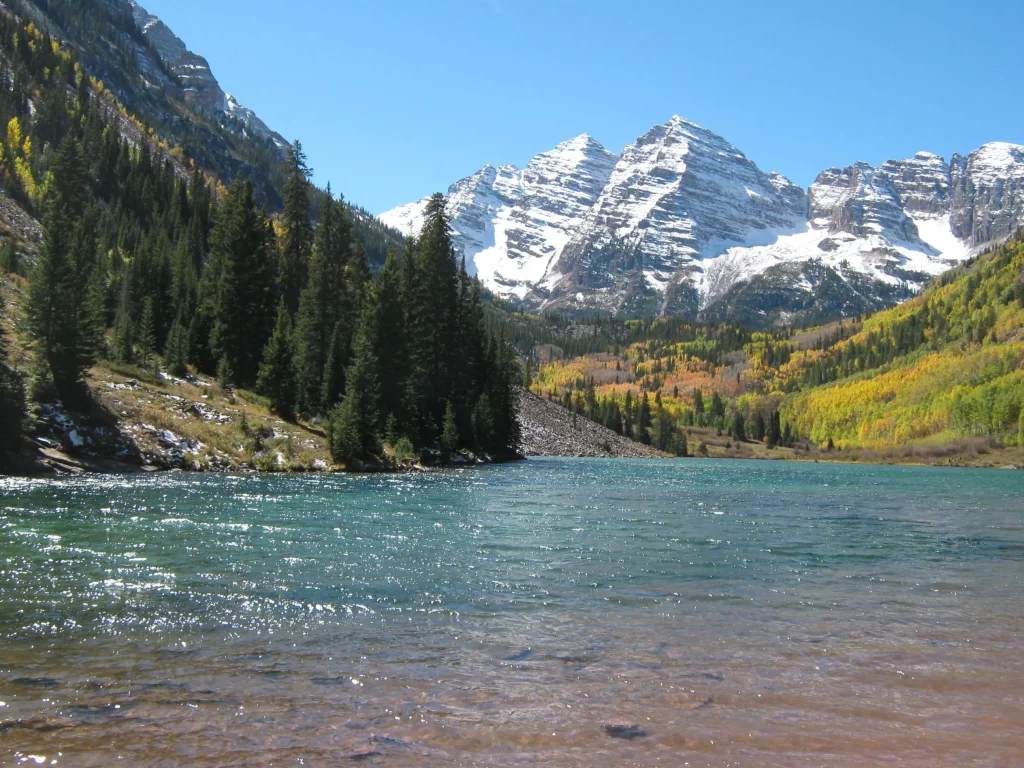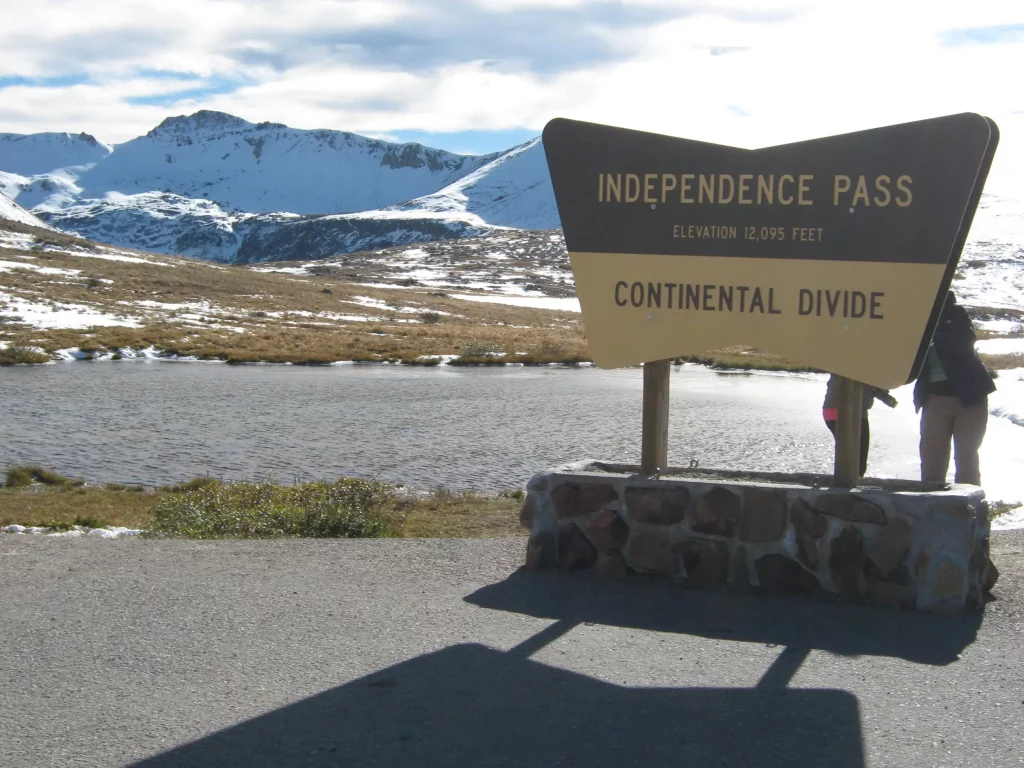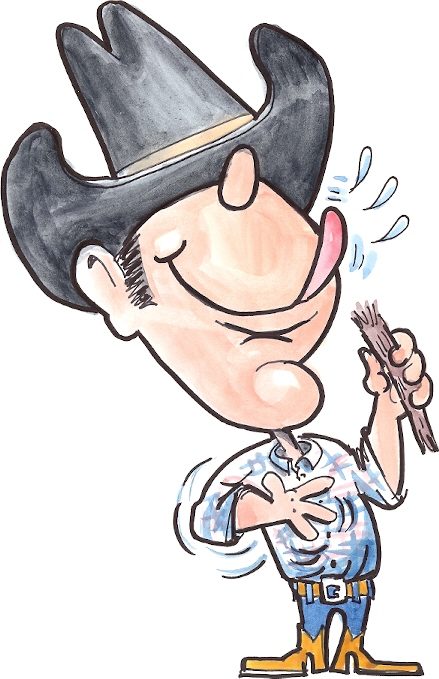How does altitude affect dehydrating meat for jerky?

Elevation 14,163′
I live at 6000 feet above sea level and spend time at over 8000 feet, so I was curious as to how that would affect the drying process. In my days of making jerky back on Long Island, in New York, I was only ever a few feet above sea level. High altitude jerky making wasn’t an issue.
Altitude can have an impact on the dehydration process when making jerky. The main factors influenced by altitude are temperature and air pressure, and both can affect the drying time and overall results of your jerky. Here’s how altitude can affect dehydrating meat for jerky.
How Climate & Altitude Impacts Drying Meat for Jerky
1. Lower Boiling Point
- At higher altitudes, the boiling point of water is lower. This means that water evaporates more easily, which can affect the moisture content of the meat during dehydration.
- To compensate, you may need to adjust the temperature settings on your dehydrator or oven slightly higher than recommended at lower altitudes.
2. Faster Drying Time
- Due to lower air pressure at higher altitudes, moisture evaporates more quickly. As a result, the drying time for jerky may be shorter at higher elevations.
- It’s crucial to monitor the jerky closely, especially if you’re using a recipe or temperature guidelines designed for lower altitudes. Jerky can over-dry and become brittle if left in the dehydrator or oven for too long.
3. Temperature Fluctuations
- Altitude can also lead to temperature fluctuations. Daytime temperatures may be warmer, and nighttime temperatures cooler, especially in mountainous regions.
- Consider these fluctuations when planning your dehydrating process, and try to maintain a consistent temperature to ensure even drying.
High Altitude Jerky Tips
- Temperature Adjustments
- As a general rule, you may need to increase the dehydrating temperature by 5-10°F (3-6°C) for every 1,000 feet (300 meters) increase in altitude.
- Regular Monitoring
- Jerky can dehydrate faster at higher altitudes, so monitor the drying progress more frequently. Check for doneness earlier than the recommended time in your recipe.
- Thin Slices
- Consider slicing your meat slightly thinner than usual. Thinner slices will dehydrate more quickly and evenly, reducing the risk of over-drying.
- Rotate Trays
- If you’re using a dehydrator with multiple trays, rotate them occasionally to ensure even drying, especially if there are temperature variations.
- Use a Hygrometer
- A hygrometer can help you measure the humidity in the drying environment. This information can guide you in adjusting temperature and drying times accordingly.
- Experiment and Adjust
- Given the variables at higher altitudes, be prepared to experiment with adjustments to find the best settings for your specific conditions.
Always refer to the specific guidelines provided by your dehydrator or oven manufacturer and consider making small batches initially to fine-tune your process. Jerky making is both a science and an art, and adapting to altitude changes is part of the enjoyable experimentation process.
Remember Your Adjusted Your Recipe
When you are using a new recipe or new drying method, always take good notes. Whether you adjust a certain spice quantity or how long it took to dehydrate a particular cut of meat, with the recipe used.
You can make a note of things like…

- How long did you marinate the meat?
- Did you pat the meat dry with paper towels or let it drip dry?
- The cut of meat used (some recipes give you options, or you used what you had on hand).
- How thin or thick did you cut the meat?
- Any other adjustment you made to a recipe?
- Note which drying method you used.
- The temperature at which you set your oven or dehydrator.
- How long did it take for that perfect jerky to be completed?
This can save you time and frustration the next time you make the same or similar recipes. No matter what I am cooking or baking, whenever I make adjustments, I write notes on the recipe page – even if it is in a book.
Now you are ready to make high altitude jerky…
Check out these links for more tips on homemade jerky.
The Art and Benefits of Crafting Homemade Jerky
Homemade Beef Jerky – Recipes…
Big Game and Venison Jerky Recipes
For more information on high-altitude cooking, see the USDA Website
